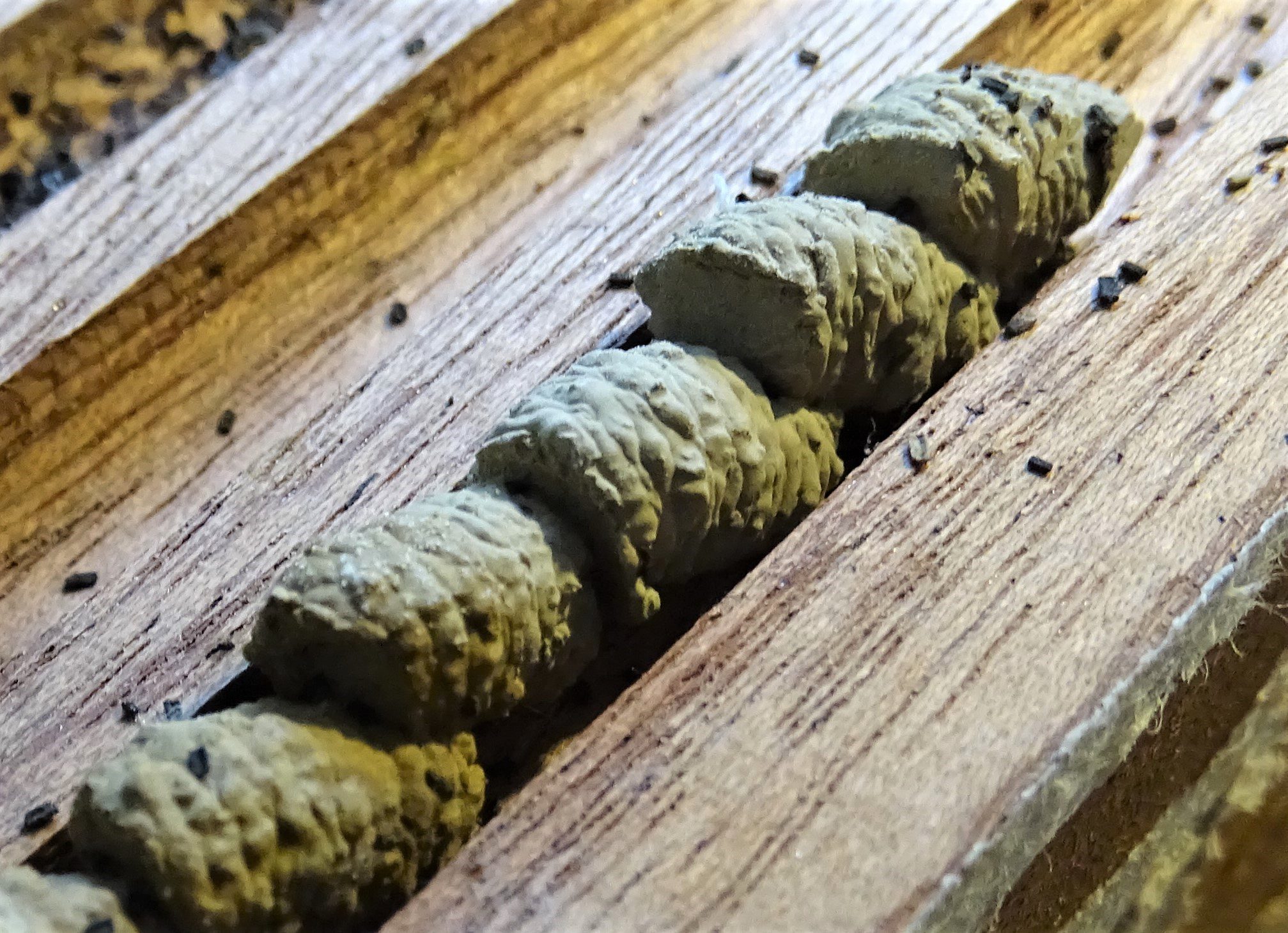Where Do Pollinators Go In Winter?

28th January 2021
Peering out of the window on this dreary January day, I can’t help wishing that it was spring already. Bringing with it bursts of bright blooms and air brimming with the buzz of busy insects. The plants are currently showing some signs of life, but where are the pollinators during this cold, dark month?
Pollinators spend the winter in various different life stages (egg, larva, pupa and adult) depending on which type of insect and which species they are. Here are some examples:
- Solitary wasps – like our solitary bees, these are tucked away during the winter, often as larvae or pupae in individual “cells” constructed during the previous year. They may be in burrows in the soil or in cavities in wood like “bee” hotels.
- Hoverflies – these harmless creatures inhabit a variety of habitats during the winter and are largely found in the larval stage. For example, you might find them amongst decaying leaves, in dead wood, plant roots or even in your pond.
- Beetles – these are often found as larvae over the winter, such as longhorn beetle larvae chomping through dead wood and different types of chafer living as grubs in the soil.
- Butterflies – you may disturb these as adults in your shed or even sometimes find them in your house, where they find shelter to help withstand the harsher outdoor temperatures. The Peacock and Small Tortoiseshell are common ones to see.
You may still see some pollinators out and about at this time of year. On warmer days, some hoverflies like the marmalade hoverfly may appear on flowers. In recent years it has become increasingly common to find bumblebees still active during the winter months. See here for more details. With our warming climate, it’s likely that more of our pollinators will be following suit.
There is still a lot we don’t know about where our pollinators go during the winter because it’s generally the adults that are most well studied as they’re often the easiest to notice and observe. There is plenty to learn about some of our less well known pollinators such as moths, parasitic wasps and flies. For many of these species, no-one will have ever seen their egg, larvae, or pupae. Even if they have, it may be difficult to identify which exact species they’ve seen. That is one thing that makes this group of animals so fascinating because you never know what new behaviour or detail you might uncover.
So how can you help our pollinators at the moment?
- Put down the secateurs – leave some seed heads on plants and hollow dead stems that may be providing shelter for a range of insects
- Leave the leaves – don’t rake up every last leaf, leave some in amongst your borders or in a pile where moth pupae can overwinter
- Check your dead wood – before chucking any bits of dead wood on the bonfire or in your recycling bin, check for signs of life as there may be insects tucked away in the nooks and crannies. Why not keep a bit and create a little log pile?
- Provide winter flowers – Mahonia, winter-flowering heather, and honeysuckle are some good ones and add colour to brighten up those winter days
- Create a hoverfly lagoon – provide some extra habitat for hoverfly larvae and see what takes up residence in the spring and summer.
Find out more about pollinators and Kent’s pollinator action plan here.
Popular articles
Walking the Pilgrims Way
Experience the beauty of walking across the Kent Downs NL through the…
Inspiring Pub Walks In Kent
With spring just around the corner, now is the ideal time to…
Walk Leader Volunteer Opportunity
Discover how you can become a walk leader in Medway! Uncover the…


